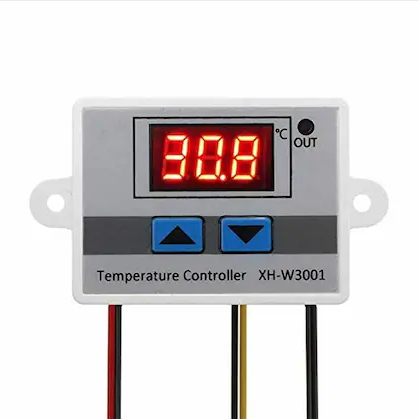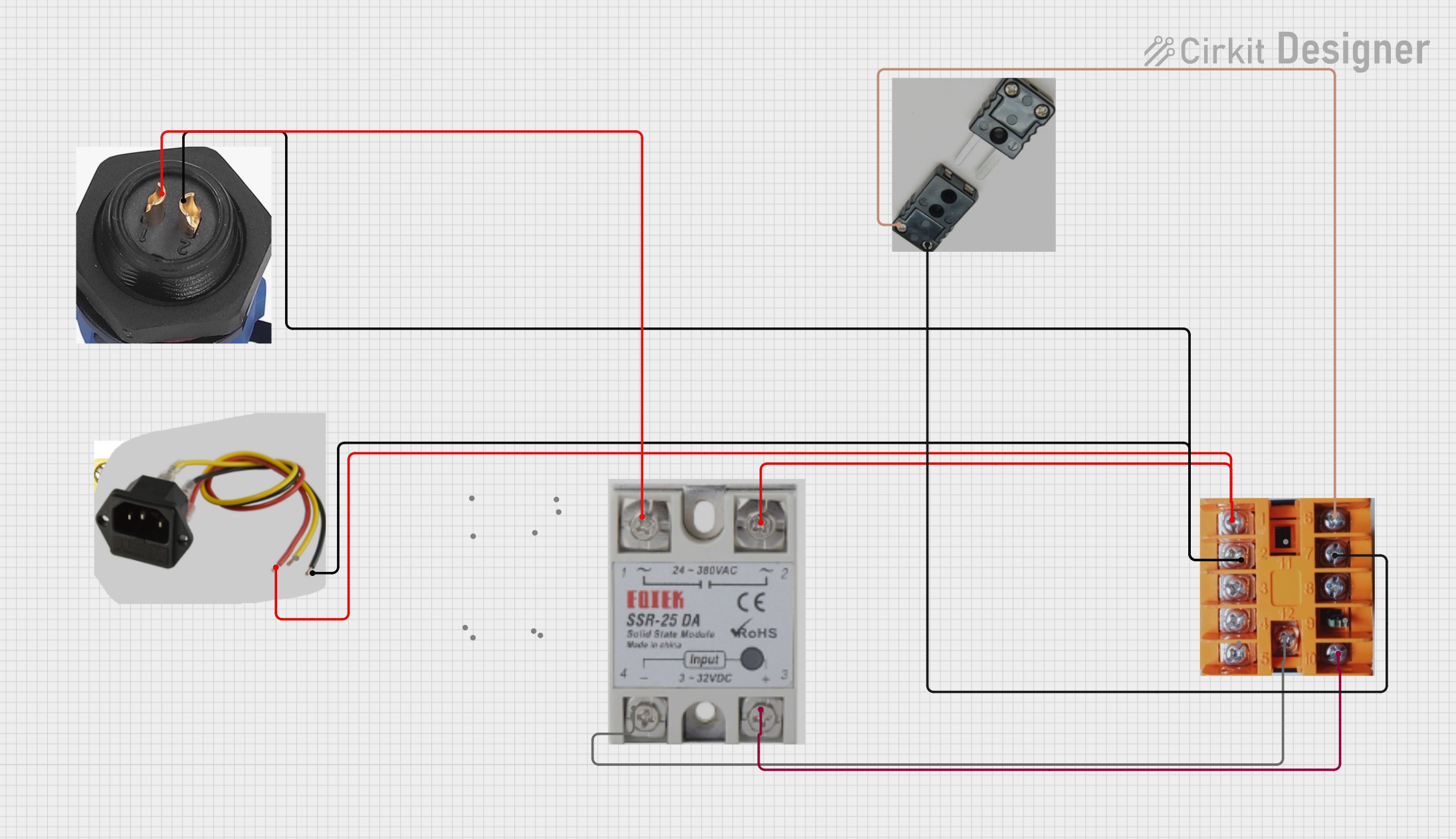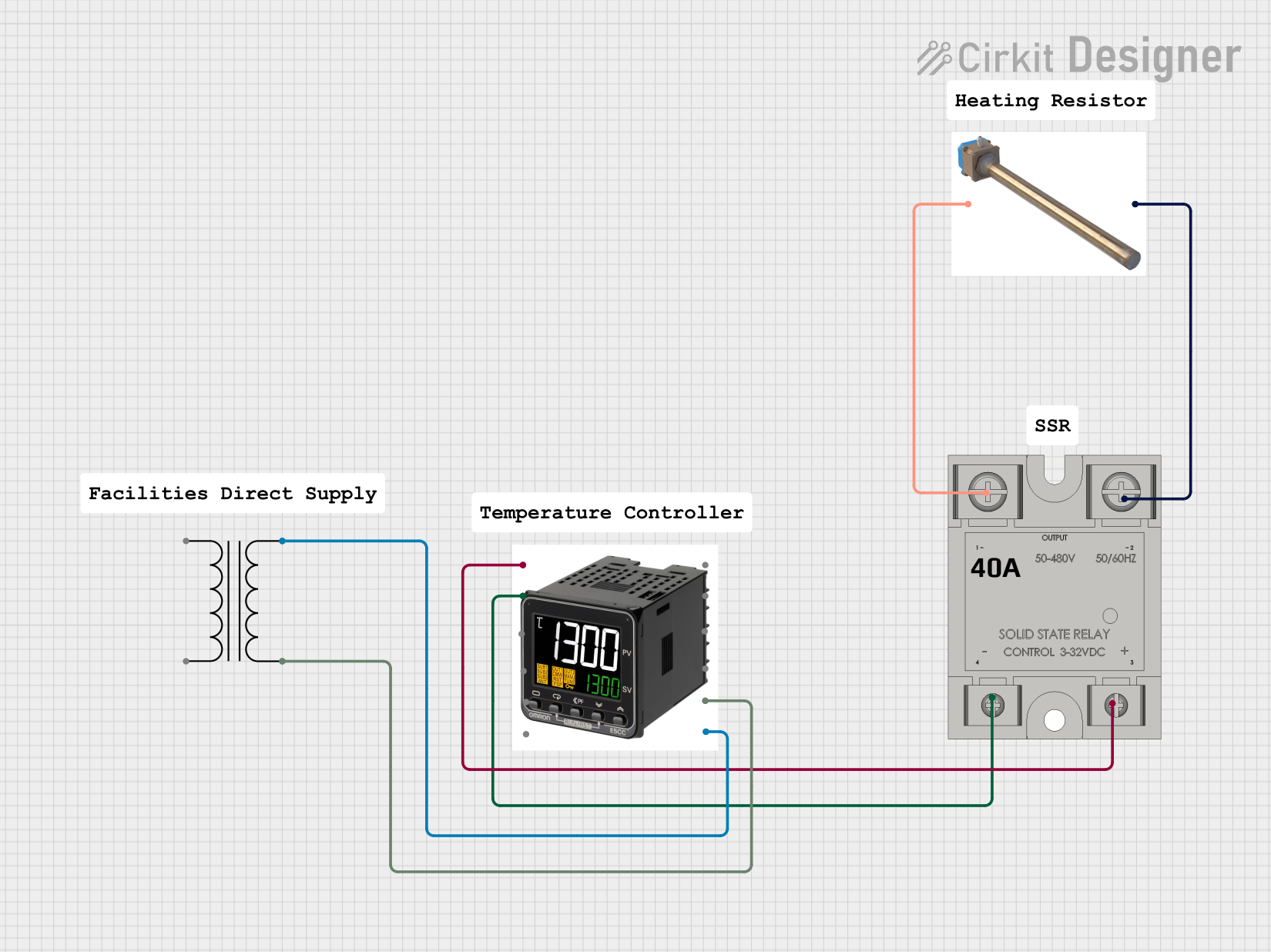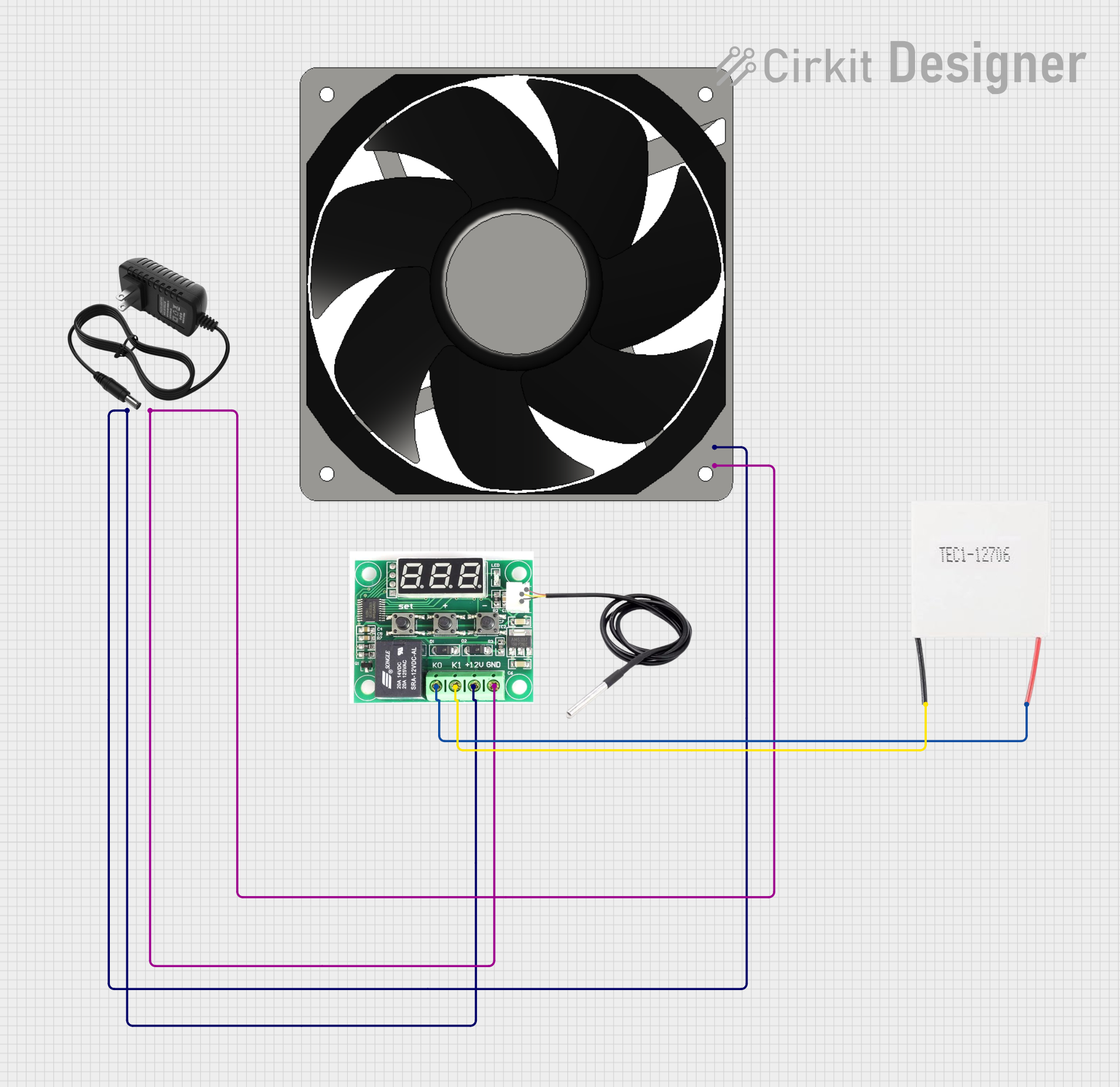
How to Use W3001 220V Temperature Controller: Examples, Pinouts, and Specs

 Design with W3001 220V Temperature Controller in Cirkit Designer
Design with W3001 220V Temperature Controller in Cirkit DesignerIntroduction
The W3001 220V Temperature Controller by ROBOTBANAO is a versatile and reliable electronic device designed to regulate the temperature of environments by controlling heating or cooling equipment. It is commonly used in a variety of applications such as home brewing, aquariums, incubation, and HVAC systems.
Explore Projects Built with W3001 220V Temperature Controller

 Open Project in Cirkit Designer
Open Project in Cirkit Designer
 Open Project in Cirkit Designer
Open Project in Cirkit Designer
 Open Project in Cirkit Designer
Open Project in Cirkit Designer
 Open Project in Cirkit Designer
Open Project in Cirkit DesignerExplore Projects Built with W3001 220V Temperature Controller

 Open Project in Cirkit Designer
Open Project in Cirkit Designer
 Open Project in Cirkit Designer
Open Project in Cirkit Designer
 Open Project in Cirkit Designer
Open Project in Cirkit Designer
 Open Project in Cirkit Designer
Open Project in Cirkit DesignerTechnical Specifications
Key Technical Details
- Supply Voltage: 220V AC
- Control Range: -50°C to 110°C
- Control Precision: ±0.1°C
- Output Type: Relay Output
- Output Capacity: 10A
- Power Consumption: ≤3W
- Operating Temperature: 0°C to 60°C
- Storage Temperature: -30°C to 75°C
- Sensor: NTC sensor (1-meter length, waterproof)
Pin Configuration and Descriptions
| Pin Number | Description | Notes |
|---|---|---|
| 1 | Sensor Input | Connect to NTC sensor |
| 2 | Sensor Input | Connect to NTC sensor |
| 3 | Relay Normally Open | Connect to device (heating/cooling) |
| 4 | Relay Common | Connect to power supply |
| 5 | Relay Normally Closed | Unused for heating only applications |
Usage Instructions
Wiring the Controller
- Connect the NTC sensor to pins 1 and 2.
- Connect the live wire of the power supply to pin 4 (Relay Common).
- For heating applications, connect the live wire of the heater to pin 3 (Relay Normally Open).
- For cooling applications, connect the live wire of the cooler to pin 3 (Relay Normally Open).
- Ensure that the neutral wire of your power supply is connected to the neutral terminal of your heating or cooling device.
Setting the Temperature
- Press the 'Set' button to enter the temperature setting mode.
- Use the '+' and '-' buttons to adjust the desired temperature.
- Press the 'Set' button again to confirm the temperature setting.
Best Practices
- Ensure all connections are secure and insulated to prevent electrical hazards.
- Do not exceed the maximum control range and output capacity of the controller.
- Avoid placing the sensor near heat sources or in direct sunlight to get accurate readings.
- Regularly check the condition of the sensor and replace it if damaged.
Troubleshooting and FAQs
Common Issues
- Display not turning on: Check the power supply connections and ensure the controller is receiving power.
- Inaccurate temperature readings: Verify the sensor is properly connected and not damaged. Place it away from heat sources or direct sunlight.
- Relay not switching: Ensure the load does not exceed the controller's maximum output capacity. Check for proper wiring.
FAQs
Q: Can the W3001 be used for both heating and cooling? A: Yes, the W3001 can control either a heater or a cooler, but not both simultaneously.
Q: What should I do if the temperature exceeds the set limit? A: Check the sensor placement and ensure there are no external factors affecting the temperature. If the issue persists, the controller or sensor may need to be replaced.
Q: How do I calibrate the sensor? A: The W3001 does not have a user calibration feature. Ensure the sensor is placed in an environment with a known temperature to check its accuracy.
Q: Is the W3001 waterproof? A: The NTC sensor is waterproof, but the controller itself is not and should be protected from moisture.
For further assistance, please contact ROBOTBANAO customer support.
Please note that this documentation is a general guide and may not cover all aspects of the W3001 220V Temperature Controller. Always refer to the manufacturer's official manual for complete instructions and safety information.